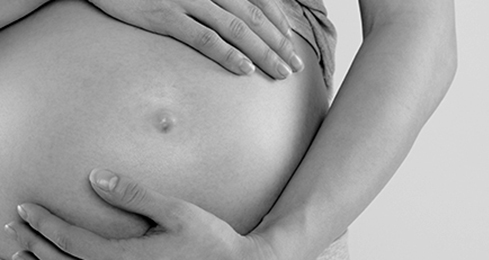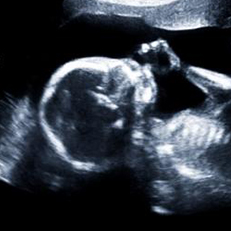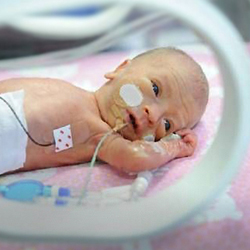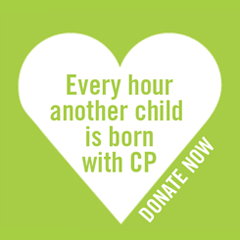
Phone: 212 520 1686
Email: info@yourcpf.org
RISK FACTORS

There are some medical conditions or events that can happen during pregnancy and delivery that may increase a baby’s risk of being born with cerebral palsy.
RISKS DURING PREGNANCY

Call Out
MULTIPLE BIRTHS
Twins, triplets, and other multiple births are linked to an increased risk of cerebral palsy.
INFECTIONS DURING PREGNANCY
Infections such as toxoplasmosis, rubella (German measles), cytomegalovirus, and herpes, can infect the womb and placenta. Inflammation triggered by infection may then go on to damage the developing nervous system in an unborn baby.
BLOOD TYPE INCOMPATIBILITY BETWEEN MOTHER AND CHILD
Rh incompatibility is a condition that develops when a mother’s Rh blood type (either positive or negative) is different from the blood type of her baby. The mother’s system doesn’t tolerate the baby’s different blood type and her body will begin to make antibodies that will attack and kill her baby’s blood cells, which can cause brain damage.
EXPOSURE TO TOXIC SUBSTANCES
Mothers who have been exposed to substances during pregnancy, such as methyl mercury, are at risk of having a baby with cerebral palsy.
MOTHERS WITH THYROID ABNORMALITIES, INTELLECTUAL DISABILITY, EXCESS PROTEIN IN THE URINE, OR SEIZURES
Mothers with any of these conditions are slightly more
likely to have a child with CP.
WARNING SIGNS DURING CHILDBIRTH

LOREM IPSUM
Call Out
There are also medical conditions during labor and delivery, and immediately after delivery that act as warning signs for an increased risk of CP. However, most of these children will not develop CP.
WARNING SIGNS INCLUDE:
LOW BIRTHWEIGHT AND PREMATURE BIRTH
Premature babies (born less than 37 weeks) and babies weighing less than 5 ½ pounds at birth are at increased risk.
BREECH PRESENTATION
Babies with Cerebral Palsy are more likely to be in a breech position (feet first) instead of head first at the beginning of labor. Babies who are unusually floppy are more likely to be born in the breech position.
COMPLICATED LABOR AND DELIVERY
A baby who has vascular or respiratory problems during labor and delivery may already have suffered brain damage or abnormalities.
LOW APGAR SCORE
The Apgar score is a numbered rating that reflects a newborn’s physical health. Doctors periodically score a baby’s heart rate, breathing, muscle tone, reflexes, and skin color during the first minutes after birth.
JAUNDICE
More than 50 percent of newborns develop jaundice (a yellowing of the skin or whites of the eyes) after birth when bilirubin, a substance normally found in bile, builds up faster than their livers can break it down. Severe, untreated jaundice can damage brain cells and can cause deafness and CP.
SEIZURES
An infant who has seizures faces a higher risk of being diagnosed later in childhood with CP.






